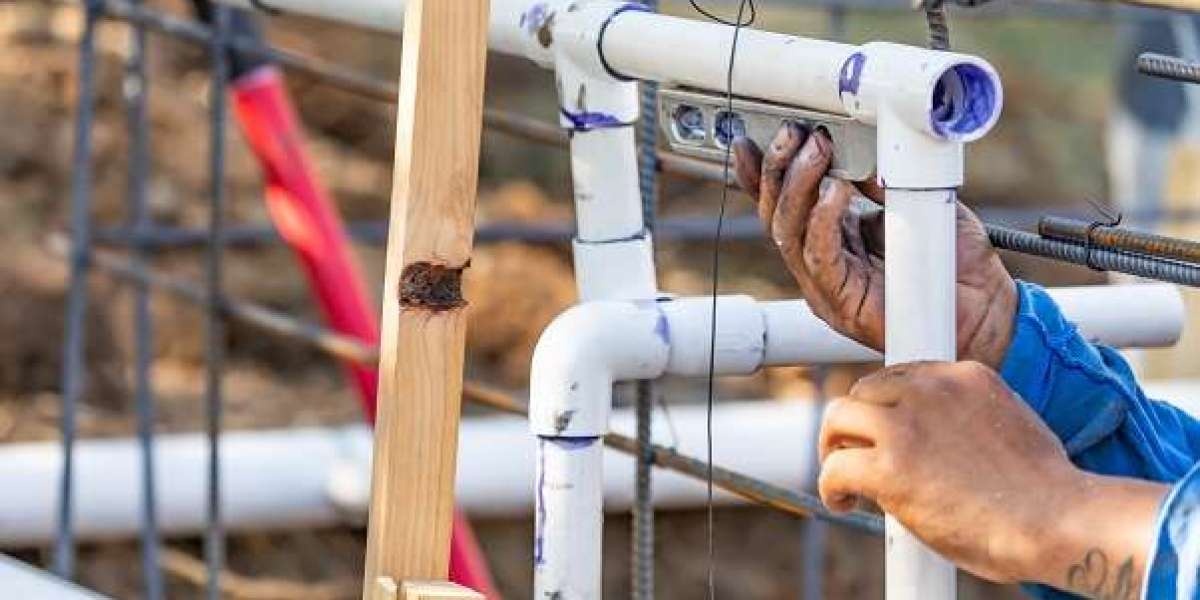In the construction industry, Heating, Ventilation, and Air Conditioning (HVAC) systems play a crucial role in ensuring the comfort and safety of building occupants. Accurate HVAC estimating services are essential for residential and commercial projects, as they ensure that all aspects of the HVAC system are correctly budgeted, designed, and installed. This guide will explore the critical components of HVAC estimating, its importance, and how technology transforms this vital service.
What Are HVAC Estimating Services?
HVAC estimating services involve:
Calculating the costs associated with designing.
Purchasing.
Installing HVAC systems in a building.
These estimates cover various aspects, including material costs, labor, equipment, and potential contingencies. Accurate HVAC estimates are vital for budgeting, project planning, and ensuring that the HVAC system meets the building's needs.
Critical Components of HVAC Estimating Services
Material Costs:
Ductwork: Includes the cost of materials like sheet metal or flexible ducts, insulation, and accessories.
HVAC Equipment: Estimating the costs of heating units (furnaces, boilers), cooling units (air conditioners, heat pumps), ventilation fans, and control systems (thermostats, sensors).
Piping and Fittings: For systems involving hydronics or refrigerants, the cost of pipes, valves, and fittings must be considered.
Labor Costs:
Installation Labor: Estimating the hours for skilled technicians to install the HVAC system, including ductwork, piping, and equipment.
System Design: Costs associated with HVAC engineers or designers who create the layout and specifications of the system.
Testing and Commissioning: Labor costs for testing the system to ensure it meets performance and safety standards.
Equipment Costs:
Specialized Tools: Costs for renting or purchasing tools needed for installation, such as pipe cutters, ductwork crimpers, or vacuum pumps.
Transportation and Handling: Costs for delivering HVAC equipment to the job site and handling large or heavy items like air handlers or compressors.
Subcontractor Costs:
Specialized Work: If the project requires specialized subcontractors for tasks like refrigeration or complex ductwork installation, their fees are included in the estimate.
Overhead and Profit:
Administrative Costs: These include office expenses, insurance, permits, and other indirect costs associated with running the project.
Profit Margin: An additional percentage is added to the estimate to ensure the contractor makes a profit.
Contingency Planning:
Unexpected Costs: A contingency allowance is included to cover any unforeseen expenses, such as changes in design, material price fluctuations, or additional labor requirements.
The Importance of Accurate HVAC Estimating Services
Budgeting and Cost Control:
Precise HVAC estimates help project owners and contractors set realistic budgets, preventing cost overruns that could derail the project.
Ensuring System Efficiency:
Accurate estimates ensure the HVAC system is appropriately sized and configured for the building, leading to better energy efficiency and occupant comfort.
Compliance and Standards:
HVAC systems must meet local building codes and industry standards. Accurate estimating ensures the system design complies with these regulations, avoiding costly rework or fines.
Project Scheduling:
An accurate estimate provides a timeline for HVAC installation, helping to coordinate with other trades and ensuring the project stays on schedule.
Competitive Bidding:
Contractors use accurate estimates to prepare competitive bids. An estimate that is too high may cause a job loss, while one that is too low can lead to financial losses.
Methods of HVAC Estimating
Detailed Line-Item Estimating:
This method involves breaking down the entire HVAC system into individual components and estimating the cost of each item. It provides a highly accurate estimate but can be time-consuming.
Assemblies Estimating:
Assemblies estimating groups related tasks and components, such as all items needed for a duct run or a complete air conditioning system. This method simplifies the estimating process while maintaining accuracy.
Square Footage Estimating:
For larger projects, estimators may use square footage to estimate HVAC costs, using historical data to apply a cost per square foot. This method is faster but may need to be more precise.
Historical Data Estimating:
Using data from past projects with similar characteristics, estimators can predict costs for new projects. This method is helpful for quick estimates but relies heavily on accurate data from previous jobs.
The Role of Technology in HVAC Estimating Services
Technology has significantly enhanced the accuracy and efficiency of HVAC estimating services. Here are some of the critical technological tools used in modern HVAC estimating:
HVAC Estimating Software:
Specialized software allows estimators to quickly calculate costs by inputting project details. These tools often include material and labor cost databases, making it easier to generate accurate estimates.
Building Information Modeling (BIM):
BIM software integrates HVAC systems into the overall building model, allowing for more precise estimates considering the interaction between HVAC and other building systems.
Digital Takeoff Tools:
Digital tools enable estimators to perform takeoffs from digital blueprints, measuring lengths of ductwork, piping, and other components directly from the plans.
Cloud-Based Collaboration:
Cloud platforms allow team members to collaborate in real time, ensuring all stakeholders can access the latest estimates and project information.
AI and Machine Learning:
Advanced algorithms can analyze historical data and market conditions to provide more accurate estimates, identify cost-saving opportunities, and predict potential risks.
How to Choose the Right HVAC Estimating Service Provider
Selecting the right HVAC estimating service provider ensures accurate estimates and successful project outcomes. Here are some factors to consider:
Experience and Expertise:
Look for a provider with a strong track record in HVAC estimating, especially for projects similar to yours. Experience with specific HVAC systems or building types can yield more accurate estimates.
Use of Technology:
Ensure the provider uses up-to-date software and technology, such as BIM and digital takeoff tools, to enhance the accuracy and efficiency of their estimates.
Customization and Flexibility:
The provider should be able to tailor their services to meet the specific needs of your project, whether it involves a simple residential system or a complex commercial estimates HVAC design.
Transparency and Reporting:
The provider should offer detailed and transparent reports that outline all costs, assumptions, and methodologies used in the estimate.
Reputation and References:
Research the provider's reputation through client reviews, testimonials, and case studies. Request references to assess their reliability and accuracy.
Cost and Value:
While cost is a consideration, prioritize providers who offer a balance of accuracy, quality, and value for their services.
Conclusion
HVAC estimating services are critical to the construction process, providing the foundation for successful project planning, budgeting, and execution. By understanding the key components and methods of HVAC estimating and leveraging modern technology, construction professionals can ensure accurate estimates that lead to profitable and successful projects. Whether you're a project owner, contractor, or estimator, investing in professional HVAC estimating services is essential for achieving your project goals and ensuring the comfort and safety of building occupants.








